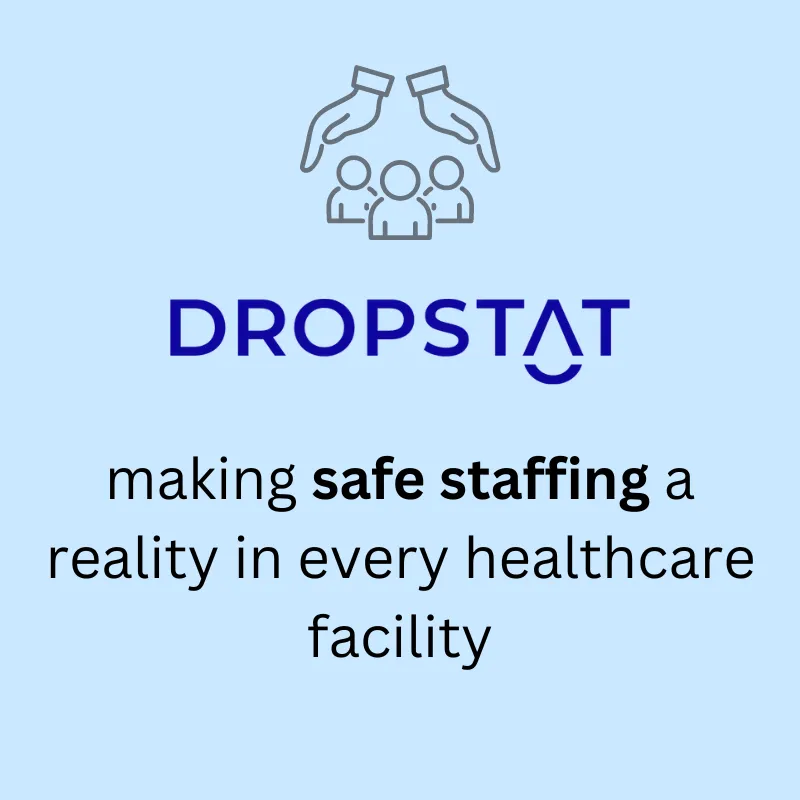Benefits of the NYS safe staffing law
Not only does this new standard create safer critical care environments for patients, but it also reduces clinical burdens and burnout for individual nurses. The healthcare industry is expected to experience a mass exodus of nearly 30% of bedside nurses, which will leave vulnerable groups at a much higher risk for unsafe care and poor health outcomes, even with the striking cost of care.
But, many of the consequences of this nursing shortage can be avoided by this staffing mandate which will revolutionize patient safety initiatives at a time when the nursing shortage is leading to severe healthcare crises nationwide.
How the new staffing law can help combat the nursing shortage
The nursing shortage has led to many challenging, risky, and unsafe healthcare environments that have been caused by overtime, fatigue, burnout, and difficult shift schedules. When facilities choose to mandate a minimum staffing requirement, especially in units that typically require more specialized care, nursing staff has the assurance that they will not be assigned unmanageable patient volumes. As a result, nurses are able to deliver a better patient experience that leads to improved health outcomes without sacrificing their own well-being.

Using staffing committees to improve scheduling practices and standards
While this is a significant step in the right direction in regard to safe staffing, most healthcare facilities are still egregiously unsafely staffed and overwhelmed with their patient volumes. However, accompanying this new ruling is the implementation of staffing committees composed of both clinical and administrative staff to determine staffing regulations for non-critical or intensive care units. This will give hospitals more scheduling autonomy over their workforce for other clinical units, enabling more unique and patient-centered staffing practices.
How Dropstat helps healthcare facilities meet the safe staffing laws
Dropstat’s cutting-edge technology simplifies and revolutionizes the process of workforce management. With Dropstat, schedulers are able to send out open shifts instantly to fill unmet needs. Dropstat allows schedulers to fill shifts up to 60 days in advance; this reduces reliance on last-minute high-cost labor using overtime, bonuses, or agency nurses.
Additionally, Dropstat helps facilities calculate minimum staffing requirements based on patient volumes and the minimum ratios mandated by their state; this allows them to adjust their staffing configuration to meet their needs in the most cost-effective and safe ways.
Schedule a demo with Dropstat now and start making safe staffing a seamless process in your facility.







